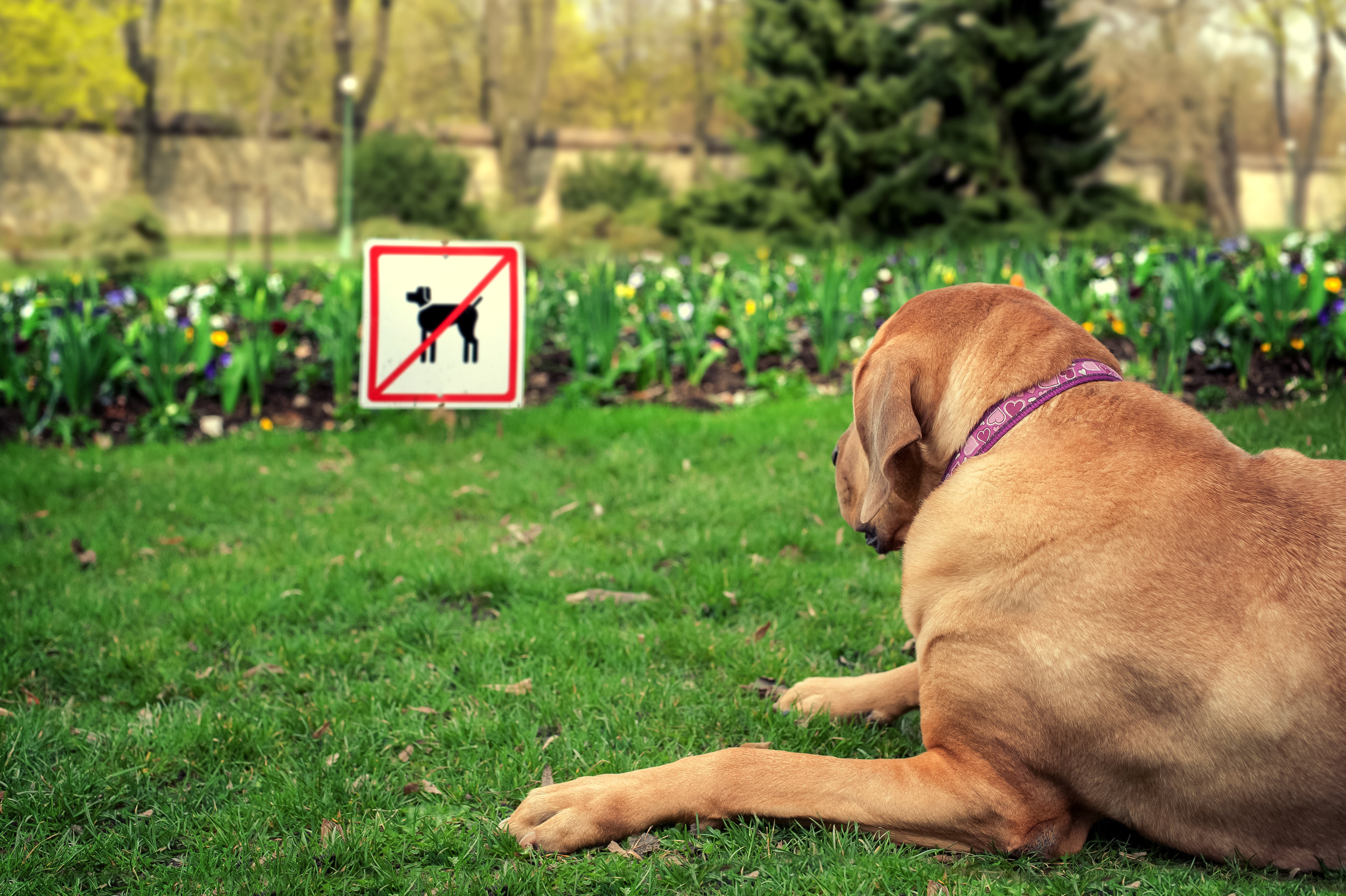In an earlier post, I discussed the following:
I don't believe the rules were intended to exclude prior art because a plaintiff lacked non-intrinsic prior art during the claim construction process. I continue to look at the evolution of the local rules for linkage between invalidity contentions and claim construction. It would be helpful if someone could point me to any local patent rule comments on this issue. I'm particularly interested in comments detailing why invalidity contentions must precede claim construction. Is it to allow the patent owner to craft proposed constructions in light of prior art (extrinsic evidence)? What principle of claim construction would that be based on?
Here are some further thoughts, after rereading and studying some cases. First, for a district court civil action, "[t]he role [of claim construction] is neither to limit nor broaden the claim, but to define, as a matter of law, the invention that has been patented." Netword, LLC v. Centraal Corp., 242 F.3d 1347, 1352 (Fed. Cir. 2001). Nothing controversial there.
Next, we have the following notion that the rules of claim construction state that claims may not be revised to ignore explicit claim language. See Generation II Orthotics Inc. v. Med. Tech. Inc., 263 F.3d 1356, 1365 (Fed. Cir. 2001) ("claims can only be construed to preserve their validity where the proposed claim construction is 'practicable,' is based on sound claim construction principles, and does not revise or ignore the explicit language of the claims."). Essentially, claims may not be redrafted.
Taking these ideas further, it's not a stretch to surmise that invalidity contentions may impact the validity of the claims subject to construction, but that should not matter for purposes of defining the scope of the invention. Lucent Technologies, Inc. v. Gateway, Inc., 525 F.3d 1200, 125-26 (Fed. Cir. 2008) ("This court has repeatedly held that courts may not redraft claims to cure a drafting error made by the patentee, whether to make them operable or to sustain their validity. To do so 'would unduly interfere with the function of claims in putting competitors on notice of the scope of the claimed invention.'")
So what to make of the "preserving claim validity" maxim? It would seem reasonable that the "preserving claim validity" maxim should only be invoked in such narrow circumstances where "'the court concludes, after applying all the available tools of claim construction, that the claim is still ambiguous.'" Phillips v. AWH Corp., 415 F.3d 1303, 1327 (Fed. Cir. 2005) (en banc) (citing Liebel-Flarsheim Co. v. Medrad, Inc., 358 F.3d 898, 911 (Fed. Cir. 2004)).
If all this is accurate, why are invalidity contentions required before the claim construction process has even started under local patent rules? Are we presuming that claims will remain ambiguous after applying all available tools of claim construction? Certainly requiring contentions before claim construction may be expedient, but what is being accomplished. Moreover, prior art is applied to properly construed claims, so claim construction necessarily comes first. Consider that Phillips specifically states
[W]e have certainly not endorsed a regime in which validity analysis is a regular component of claim construction.
Phillips, 415 F.3d at 1327 (emphasis added); see also Rhine v. Casio, Inc., 183 F.3d 1342, 1345 (Fed. Cir. 1999) ("if the only claim construction that is consistent with the claim's language and the written description renders the claim invalid, then the axiom does not apply and the claim is simply invalid.").
If validity analysis is not a regular component of claim construction, should we consider a change to patent local rules where claim construction discovery precedes contentions, instead of the current practice?






